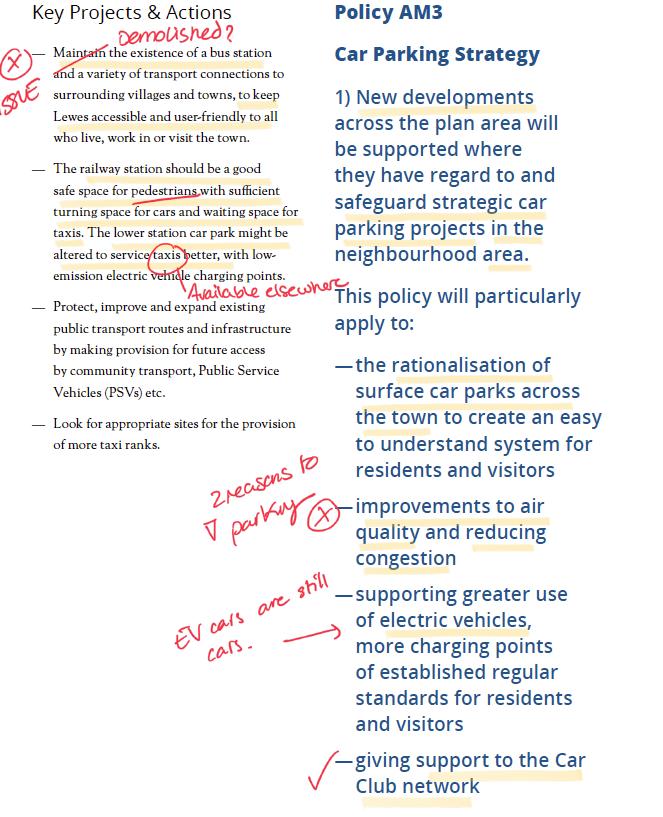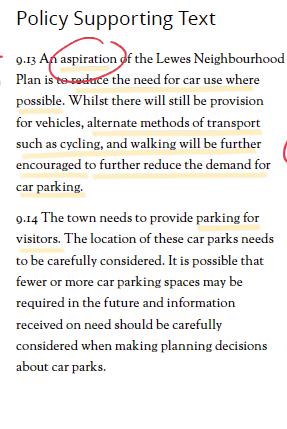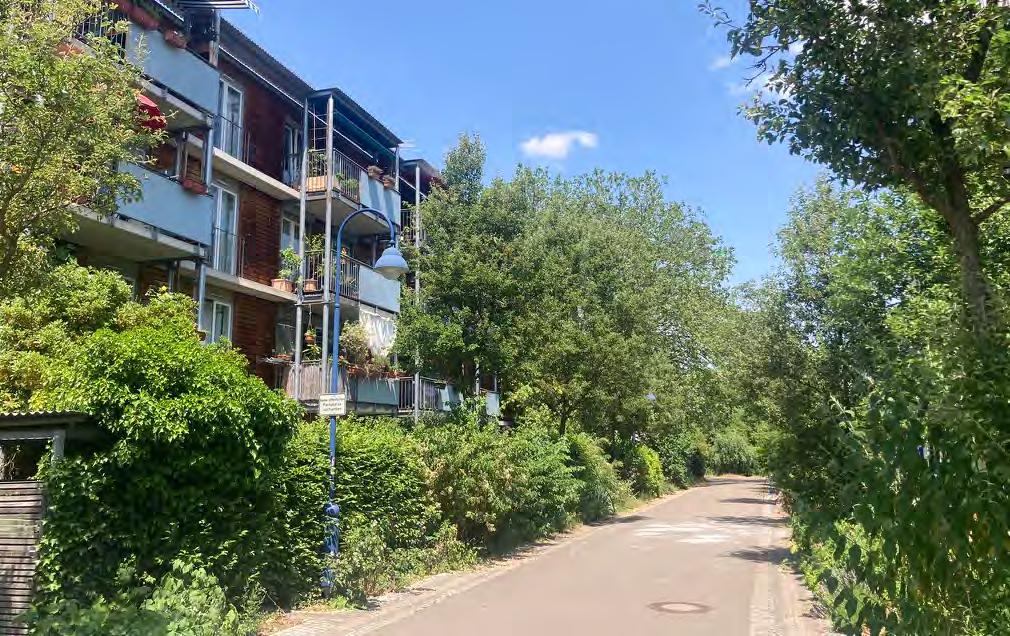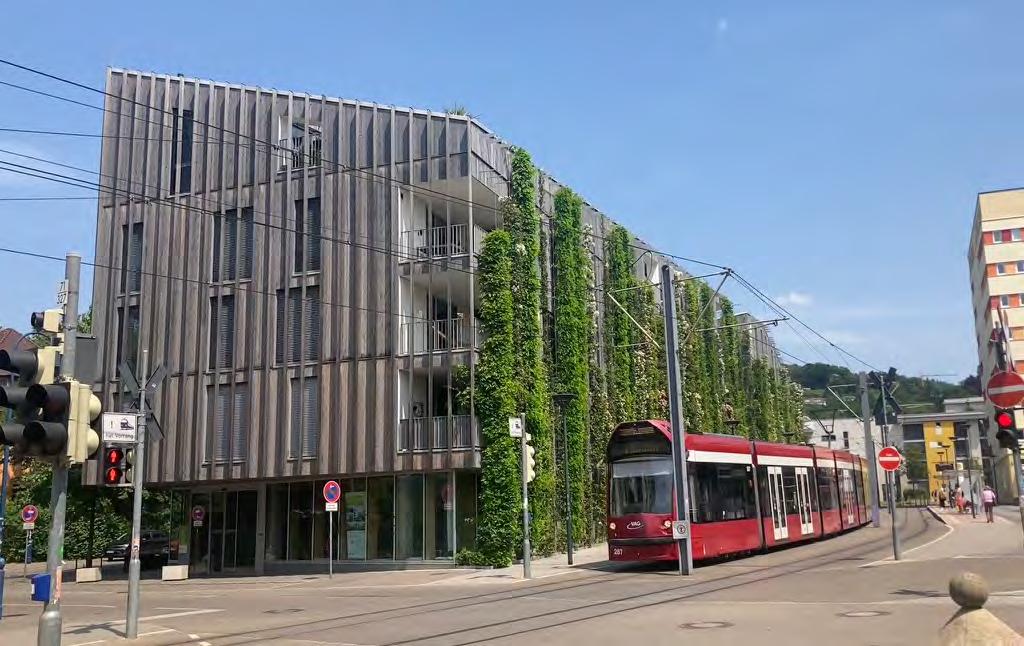
1 minute read
Car Parking and Transport
Policy Review
The NDP seeks to improve the environment around the station for pedestrians, which is very poor at the moment, as railway users’ access/egress the station at lower level into a car park with no safe, comfortable and legible spaces and routes. Concurrently, the NDP suggests bringing the taxi rank to the lower car park, but this would only lead to increased regular vehicular traffic on narrow routes shared with pedestrians and cyclists which are already in a poor condition and present safety challenges. The junction of Station Road and Pinwell Road is particularly unsafe due to sharp turning angles and narrow width of the road.
Advertisement
On one hand, the NDP suggests rationalising car parks in town, which is consistent with the critical position of this masterwork and provides opportunities for a new urban design intervention that makes a more efficient use of land and puts people at the centre. On the other hand, this policy of rationalisation is somewhat inconsistent with the NDP approach to car parking on new developments.

Other aspirations for improving the arrival space at the lower station access as well as alternative transport methods are agreed and form a structural factor in the design decision making of this masterwork.
Precedent
Vauban is a mixed-use development in Freiburg which has successfully dealt with transportation, giving priority to public and active transport options. The district is structured around a tramway and several cycle lanes, followed by a grid of pedestrian routes, only punctured by occasional routes where vehicles are allowed to access but there is no traffic through. A multi storey car park serves the district, allowing the small amount of car users to park without occupying the public realm.

The key to the success was in the primacy of the public and active transport modes in the layout design as well as in allowing vehicular access whilst not designing spaces for vehicles, but for people and wildlife instead. This way, users adopted a sustainable transport approach, whilst they were not impeded to benefit from car use when needed.











